Unfortunately, no there isn't
There is an updated version of that article BizTalk Server 2013 R2: Handle exceptions from REST services in Orchestration
You have to set your send port to WCF-Custom and use the Custom binding and then re-create all the settings from WCF-WebHttp.
More details to follow.
Update:
Catching the exception in the Orchestration as a System Exception is good, you can then inspect the error to see if it is a business exception e.g. if you are doing a query to see if an object exists or not in a RESTful services before doing a create or an updated and getting a 404.
However you have to do a few more things to stop the Suspended messages on the port.
1) To stop the Suspended message on the port Enable Routing for Failed messages on the Send Port.
2) This however means it will then go to whatever framework you have for handling failed messages causing a lot of errors to be raised for business exceptions
To prevent this you either need to tweak the filter expression on your exception handler or have rules in your exception handling framework to ignore these messages.
For example we use the ESB Exception Handling Framework and we tweaked the rule to exclude that particular send port.
 ESB Exceptions Handling Framework All.Exceptions Port
ESB Exceptions Handling Framework All.Exceptions Port
3) However the you still need to have something else subscribe to the failed messages to make them disappear, we use a custom null-adapter for that with a filter to subscribe to the errors. This means the error only goes to the Orchestration.

NULL Adapter filter expression

